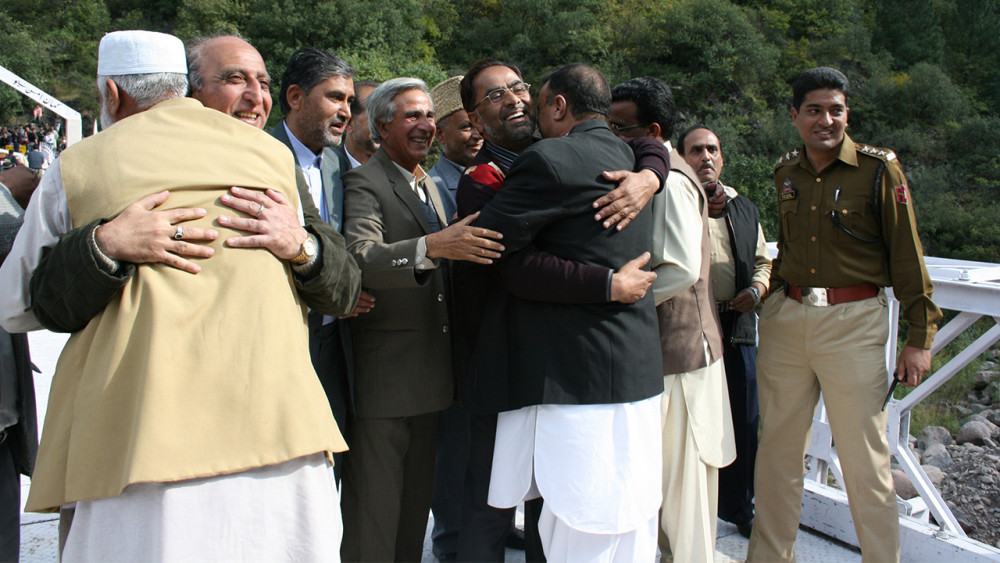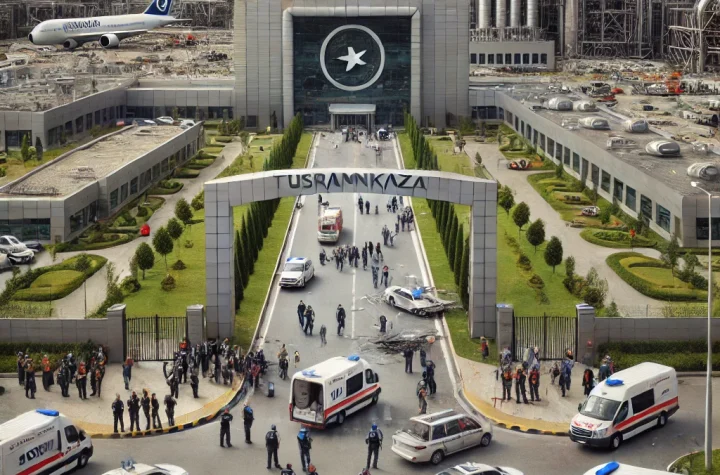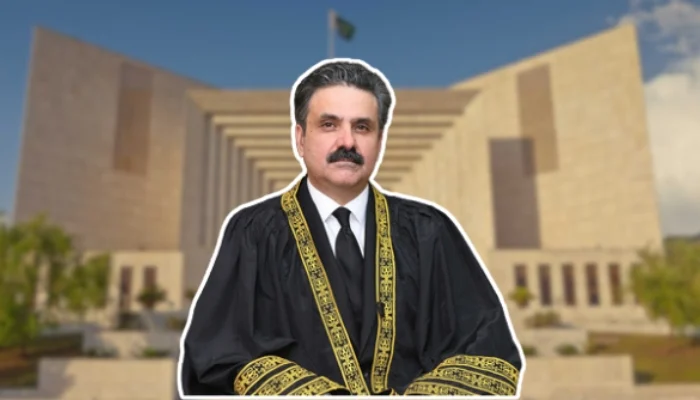
History of the conflict in Jammu and Kashmir
Ever since the division of the sub-continent in 1947, the foundations were laid for the long-standing conflict in and around the regions of Jammu and Kashmir that persists today. India and Pakistan have fought three wars over territory there, and each state continues to assert claims over its entire area. China also holds a large portion of the contested territories. Tensions and unresolved grievances around these historic disputes continue to feed wider regional instability and undermine efforts for demilitarisation in the region.
The Line of Control divides families, hinders peace
Territories administered by India and Pakistan are divided by the Line of Control (LoC). This constitutes a contested dividing line in the disputed region. This dividing line is heartily contested by Indian and Pakistani militaries often resulting in cross-fire and loss of lives. Bursts of violence erupt regularly along multiple political divides, mainly between Indian security forces and militant organisations contesting Indian rule on the Indian side of Kashmir.
The LoC split many families, with people stuck on either side of the divide unable to visit relatives and friends. Trade across the line has also been disrupted, and over the years of violent conflict the diverse populations of Jammu and Kashmir on either side of the LoC have become disconnected and mistrustful of each other.
Despite a highly militarised standoff persisting between India and Pakistan and an erratic bilateral dialogue process at the official level, civil society in India, Pakistan and on either side of the LoC in Kashmir has continued to actively promote engagement across divides. Historic measures since 2004 to re-establish some links across the LoC have been enthusiastically supported by the public right across Kashmir. These openings offer hope for greater collaboration and peacebuilding across the LoC.
Steps towards peace despite a stalled formal process
In 2004, a bilateral dialogue process was initiated by India and Pakistan. As a result of this so-called ‘composite dialogue’, a bus service was established that enabled people to have contact across the LoC, and for some families to reunite with loved ones. Limited trade has also been re-established across the line. A ceasefire between India and Pakistan agreed during the dialogue has persisted, despite ongoing tension and violent skirmishes.
The formal peace process largely remained stalled since 2008. The terrorist attacks in Mumbai (2008), as well as subsequently in Pathankot (2016) and most recently in Pulwama (2019) led to serious military escalation, including air strikes. The accusatory rhetoric between the two nuclear states easily reaches boiling point and still permeates public discourse. Nonetheless practical advances allowing ordinary Kashmiris to maintain links across the LoC have been sustained, even as formal relations between the governments of India and Pakistan fluctuate.
These sustained avenues for exchange across the line are meaningful as they enable civil society to elicit widespread public support for the peace process. It is hoped this support will contribute to building momentum for a return to formal dialogue, and to ensure that official dialogue processes are responsive to the needs and aspirations of communities that bear the primary impact of the conflict.
Alienated youth and marginalised groups need a voice
There is a need to address a sense of frustration and alienation among young people in the region by creating avenues for their active participation in peacebuilding processes, and economic and public life. Since 2016, Kashmiri youth have been regularly leading protests and demonstrations particularly in Indian-administered Kashmir valley. These often result in violent and fatal clashes with security forces.
We believe that Kashmiri participation – along with sustained Pakistani and Indian dialogue – is essential to reduce violence and build sustainable peace in the region.
Environmental threats and opportunities for peace
An earthquake in 2005 devastated large areas of Jammu and Kashmir, particularly on the Pakistani side. In 2014, severe floods devastated large areas of Jammu and Kashmir. Tens of thousands of people died as a result of the earthquake, and hundreds died in the floods. The region remains vulnerable to earthquakes, flooding, as well as other environmental challenges, and the need for joint disaster-management strategies that bridge divides is both a threat to stability and an opportunity to promote engagement across the LoC at multiple levels.
Our work in Jammu and Kashmir
We work with civil society organisations and individuals, as well as officials within Jammu and Kashmir, to help them play a more dynamic and proactive role in peacebuilding.
Supporting collaboration across divides
We support collaborative initiatives to build confidence and relationships across the Line of Control, by involving people from either side of the line. We currently focus on filmmaking, trade, tourism, disaster management, education, journalism and economic development. We use these avenues to enable people to develop shared understanding, mutual trust, and the skills, insight and motivation for peacebuilding.
Involving excluded groups at a community level
At a community level, we focus particularly on involving those who are often excluded from discussions around building peace, such as women and youth. Participation from these groups is essential to reduce violence and build sustainable peace.
Organising informal dialogues
We enable informal dialogue processes among officials, civil society and others with a stake in the peace process. We’re particularly keen to help ensure that processes like these are inclusive and informed by local perspectives.





More Stories
AJ&K HISTORY – Govt of AJK
History of Kashmir – From Wikipedia
Kashmir region, Indian subcontinent, Asia – As Per Britannica